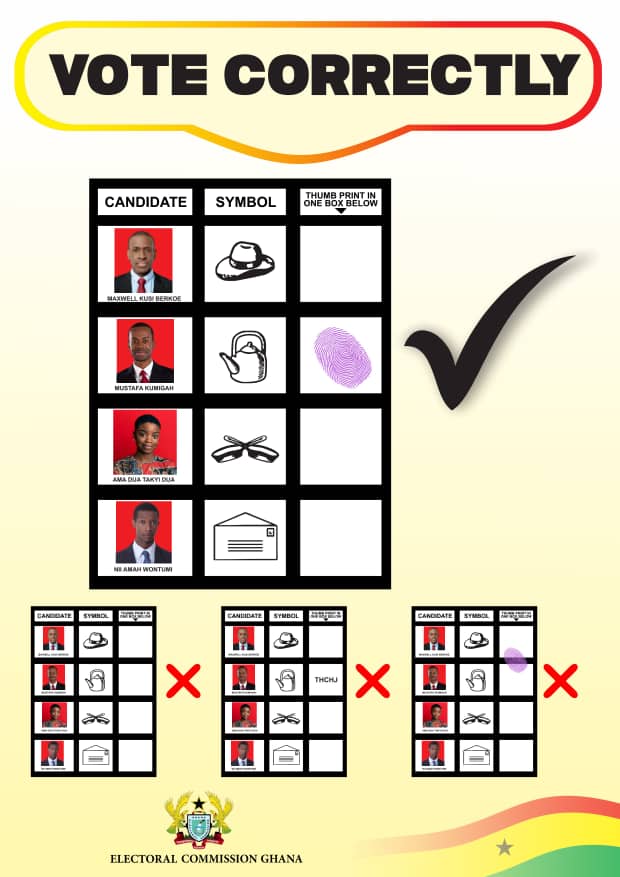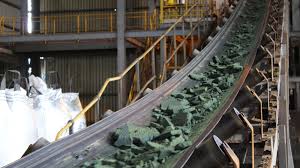Congo Wants to Pivot Away From China’s Dominance Over Its Mining
Both commodities are key to the global energy transition.

Democratic Republic of Congo’s top mining official said the country is courting new investors for its world-class deposits of key metals as it looks to diversify ownership in its industry, which is currently dominated by China.
The plan includes streamlining processes to pay customs and taxes, along with a partnership with the United Arab Emirates, Mines Minister Kizito Pakabomba said in an interview. The nation is also planning to revamp a railway that can be used to transport minerals so cargoes can be more easily exported from a port along the Atlantic Ocean, positioned closer to US and European markets, he said.
- Advertisement -
Congo wants to “attract better investors, more investors and diversified investors,” Pakabomba said.
- Advertisement -
The ambitions come as the country continues to play a key role in international metals markets, while also finding itself at the center of a contest between China, the US and other countries vying for access to critical minerals. Congo recently overtook Peru to become the second-largest producer of copper and is by far the world’s biggest source of cobalt. Both commodities are key to the global energy transition.
The government is looking to make “strategic choices” about who runs Congo’s mines, the minister said, citing this year’s example of the state’s decision to oppose a proposed sale of Trafigura Group-backed copper and cobalt miner Chemaf Resources Ltd. to China’s Norin Mining Ltd.
“We’ve stopped this transaction,” Pakabomba said. If Chemaf remains set upon an ownership change, “we’ll consider with them the different options that could be taken,” he said.
Congo’s government has grown increasingly frustrated by its lack of influence over its mining industry, particularly in cobalt, a key ingredient in many electric-vehicle batteries. The country accounted for about three-quarters of global output of the metal last year, but a spike in production by miners in the nation — particularly China’s CMOC Ltd. — has pushed prices to eight-year lows.
The government is considering multiple options to have more control over cobalt exports, Pakabomba said.
- Advertisement -
Pakabomba also said that the country’s railway project is a big part of its strategy for the industry.
The government is evaluating how to improve a railway from the mining hub of Kolwezi to Congo’s border with Angola, which would then connect to a line terminating at the port of Lobito on the Atlantic Ocean, Pakabomba said.
The US has already committed $553 million to refurbish the Angolan section of the railway.
Congo’s foreign minister, Therese Kayikwamba Wagner, told Bloomberg that the country was considering a tender process to rebuild the Congolese side of the railway.
“I think that there are a lot of companies that are already lining up” with the project in mind, she said.
The rail-improvement project would cost $245 million over the first two years of construction, Pakabomba said.
“It will allow us to diversify the different export routes so that we are not only toward the East,” he said.
Source:norvanreports.com
- Advertisement -



